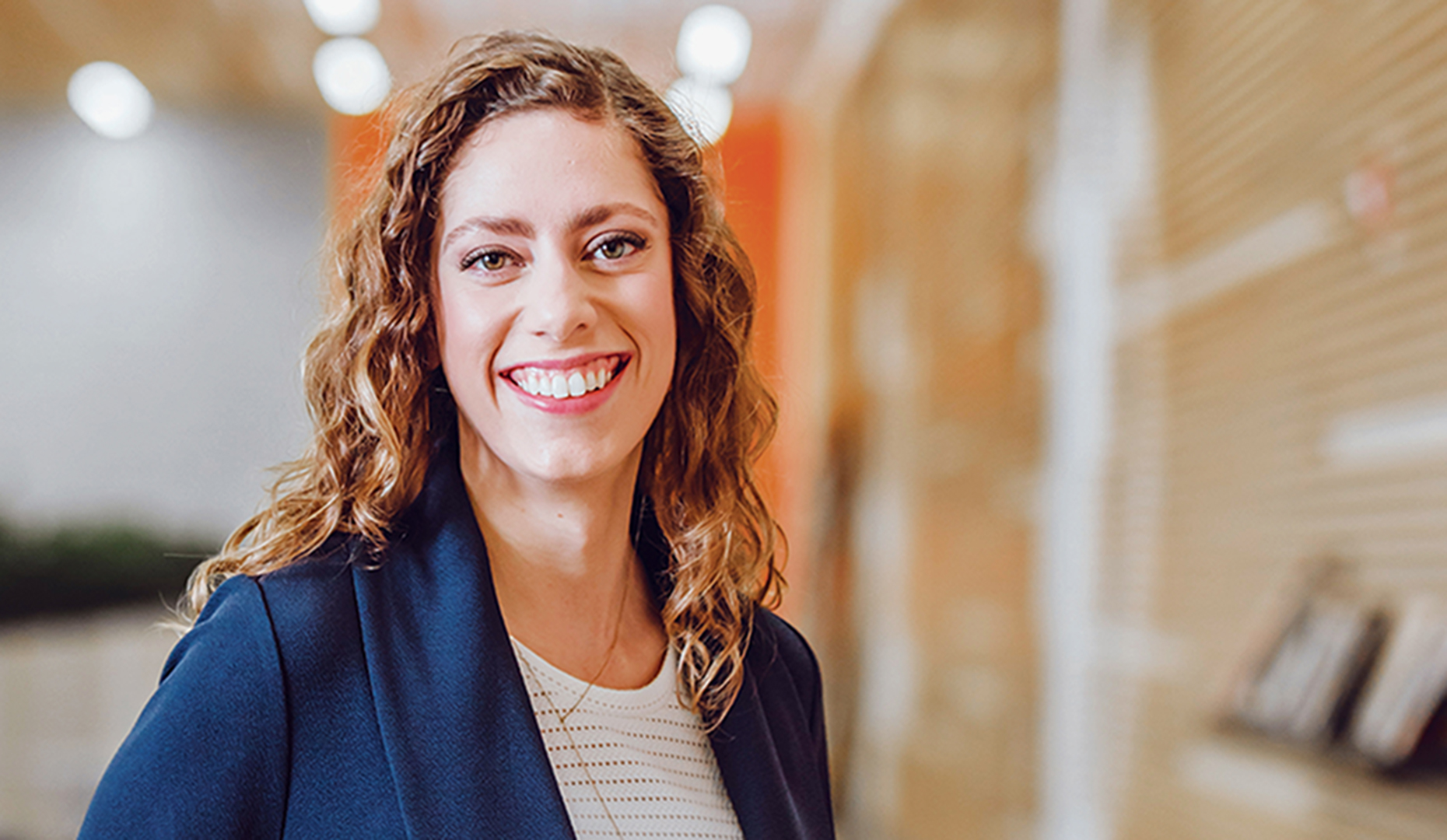A Q+A with Savannah Walters, Industrial Designer at Newell Brands.
How do you approach design in your role at Newell Brands?
I’m a staff industrial designer at Newell Brands, a leading global consumer goods company. We have a lot of great brands in our portfolio—since I started here, I have gotten to work on a wide range of products. I am now part of the Home Fragrance Team and design products for several brands, including Yankee Candle, Chesapeake Bay, and Woodwick.
What do you consider when designing a new product?
Certainly, aesthetics. But while designing beautiful and emotive forms, it’s important to understand the consumer. As a designer, you begin by understanding the user’s pain points. People probably don’t realize that the things they use every single day were carefully designed. Sometimes, if you’re not noticing a product, that can be a good thing—it means it’s not frustrating you. But we aim to make products that stand out for positive reasons too. Our goal is to improve our consumer’s lives by making products simple yet functional.
Where do you get ideas for new products and features?
I get the best ideas when I immerse myself in the consumer’s experience. The home fragrance products I am currently working on haven’t been unveiled or released to market yet, so I can’t describe that process. But when I worked on Newell’s Fresh Works food storage products, I helped design the Rubbermaid Party Serving Kit. My team wanted to create a single solution for transporting baked goods. We focused on flexibility for the consumer, so we spent a lot of time analyzing how much space we would need to fit common foods people might bring to a party, like cakes, cupcakes, and deviled eggs. We spent a lot of time interacting with different foods. I even baked a tiered cake to see if it would fit! We also tested what happened when we loaded everything into the back seat of a car. Afterward, we had a lot of cupcakes to eat!
What first sparked your interest in design?
I remember that when I was five, I wanted to be an author or an illustrator. By the time I got to high school, I knew I definitely wanted to do something within the arts. I went on to attend the Cleveland Institute of Art, where I dabbled in the foundational aspects of the arts, like drawing, color theory, and digital arts. Towards the end of my first year, I chose a design class as an elective. It was a survey of interior design, industrial design, and graphic design. I didn’t know anything about industrial design until that course, but by the end, I was enamored with it. I just loved the intersection of art, business, and problem solving.
What would be your dream project?
Sometime in my career, I would love to partner on a project with my husband. His background is also in industrial design, and the industry is how we met! It would be so much fun to throw around ideas and collaborate. It wouldn’t even have to be formal—just something besides our wedding.
What is the biggest lesson you’ve learned in your career?
It has helped me to understand that there is no “right” answer. When I first started, I thought in more black-and-white terms; but the reality is that, like anything else in life, there are always trade-offs in design. There will always be a different way to solve a problem. Designers start with a lot of ideas and funnel them down through the process. So, there will be great ideas that we get excited about, but they don’t get brought forward. You have to make the decision that you believe to be the best for the product.
What skills are critical to your work?
Communication is huge. I mean that in the traditional sense of the word, but also visually. Designers are storytellers—with every project, we’re trying to communicate ideas and emotions to consumers. So, visualizing is important, whether that means sketching or creating a rendering that can get people excited about your idea.
What advice would you give to aspiring industrial designers?
Even when you’re just starting on your major, know that your unique perspective and personal experiences have value. It can be hard to find your role because there are so many different kinds of designers. Even within industrial design, people thrive in different areas. You don’t have to be an expert in everything—find your niche, learn as much as you can, and don’t be afraid to ask questions.

